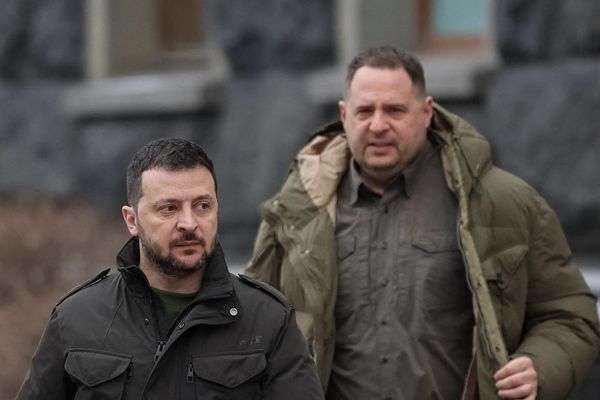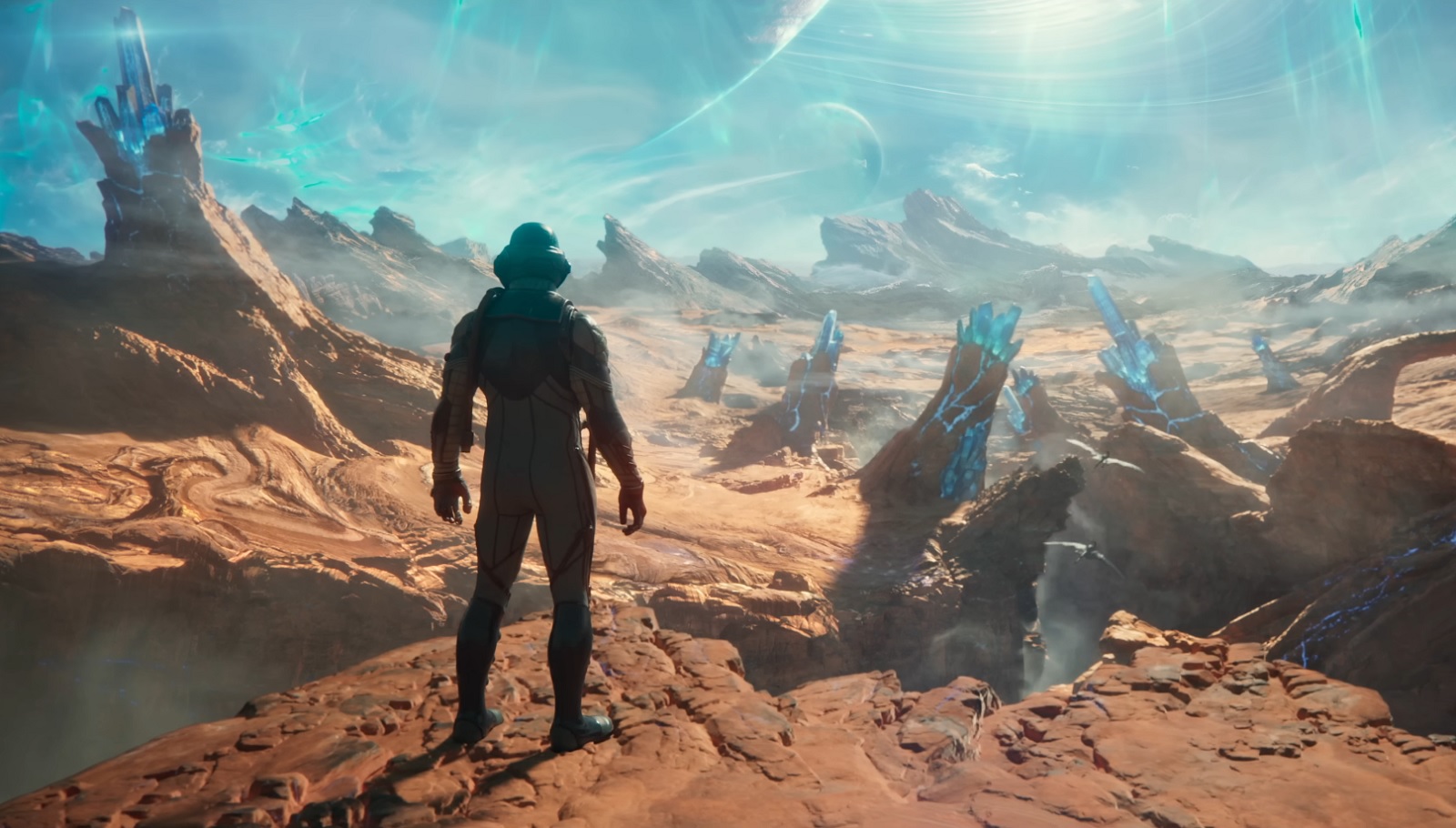
Obsidian Entertainment's 2010 title Fallout: New Vegas is widely regarded as one of the best RPGs ever made in the video game medium, and despite its aging visuals and notorious bugs and glitches, it's stood the test of time and remains a truly phenomenal game. In particular, it's one many Fallout fans return to frequently, as many disliked the way Bethesda's Fallout 4 and Fallout 76 veered away from the franchise's classic RPG roots.
Another game that evokes that classic Fallout feel and was seen by some as a spiritual New Vegas successor was Obsidian's 2019 title The Outer Worlds. But while the sci-fi RPG was generally well-liked and gave New Vegas lovers a taste of something similar, many felt it lacked the roleplaying depth and narrative nuance that made the studio's Fallout entry truly special. I certainly do, and for that reason, I've gone back to it far less than I have with New Vegas.
The developer recently gave players an in-depth look at its sequel — The Outer Worlds 2 — during the Xbox Games Showcase, though, and what Obsidian showed has me confident that its second entry in the series will be a major step up from the first installment. In fact, I'd go as far as to say it looks like the Fallout: New Vegas sequel we never got, and there are five reasons why — all of which I'll go over below.
It's got New Vegas-style character building
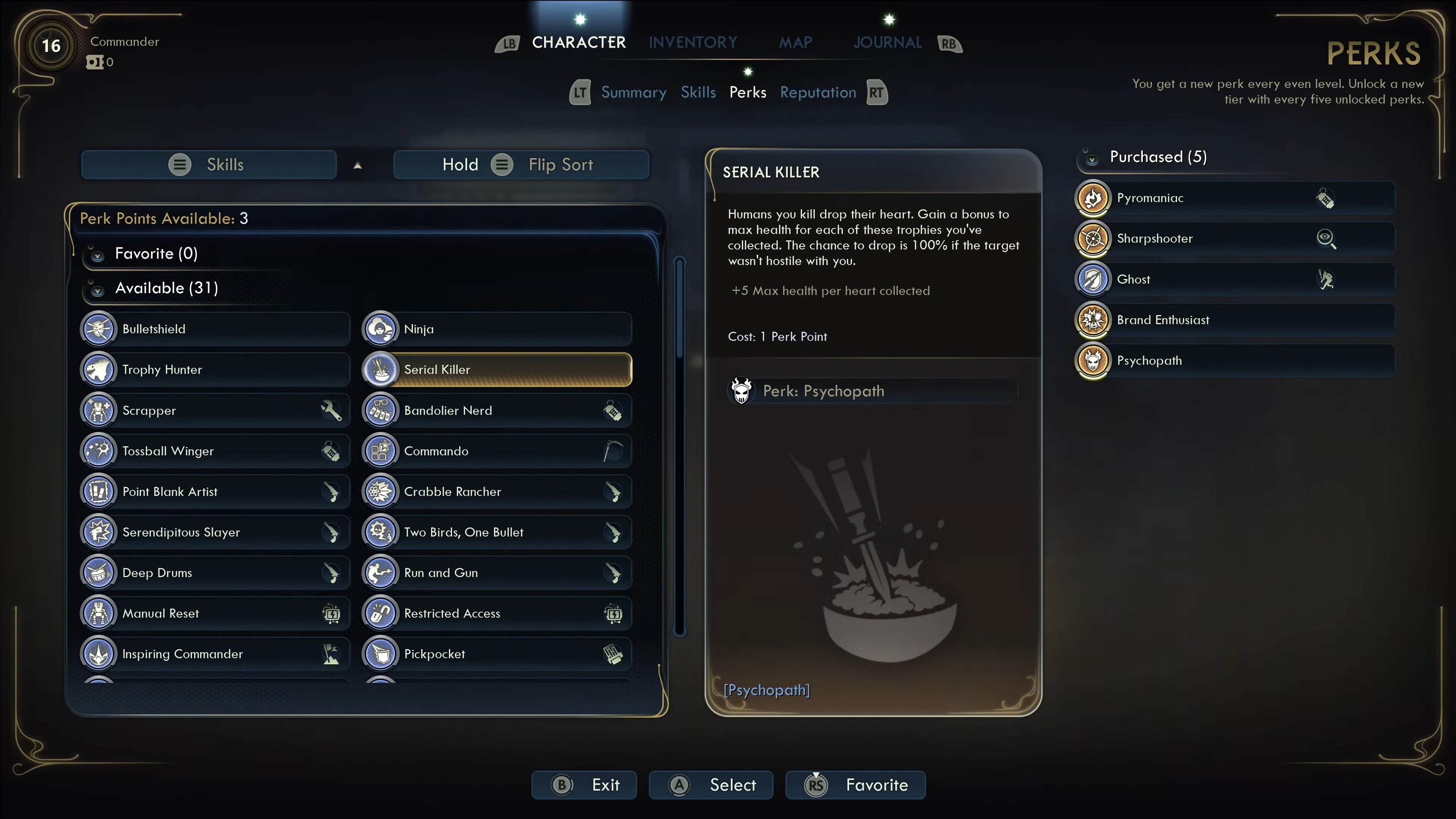
While Fallout: New Vegas' character creation and progression options are quite dated today in terms of options for your appearance and cosmetics, the impact they have on gameplay is substantial, and that influence even surpasses that of many modern RPGs. Your S.P.E.C.I.A.L. stats established what your character was and wasn't naturally good at with broad strokes, with skills narrowing down your specialties and perks giving you special bonuses or capabilities. There were also traits — quirks that gave you unique buffs in exchange for also taking a downside. For example, Trigger Discipline — a trait I almost always take during my replays — improves the accuracy of your weapons by 20% in exchange for a 20% reduction to their fire rate.
The first The Outer Worlds had a simpler system by comparison, with perks that generally felt less meaningful and nothing quite like New Vegas' traits. The sequel, though, takes stronger inspiration from Obsidian's classic RPG with a near-identical system complete with many more perk options and an initial choice of background that establishes your character's place in the setting while also unlocking some unique gameplay opportunities.
What looks to be the star of the show in The Outer Worlds 2, though, are flaws. Flaws return from the first game, but instead of simply being debuffs you take to get an extra perk point, they're now more like New Vegas traits — and Obsidian has gotten very creative with the positive and negative effects they bring.
There's one hilarious flaw called Bad Knees that gives you a permanent speed buff, but makes your knees crack loudly whenever you stand from a crouching position, effectively making stealth much harder. Another, called Foot-in-Mouth, awards you a flat +15% experience buff for the entire game, but forces you to choose dialogue options quickly or else one will be chosen for you randomly. Overall, stuff like this feels like an evolution of the traits in the classic Fallout games, and I can't wait to mess around with it.
Player freedom and agency are at its core
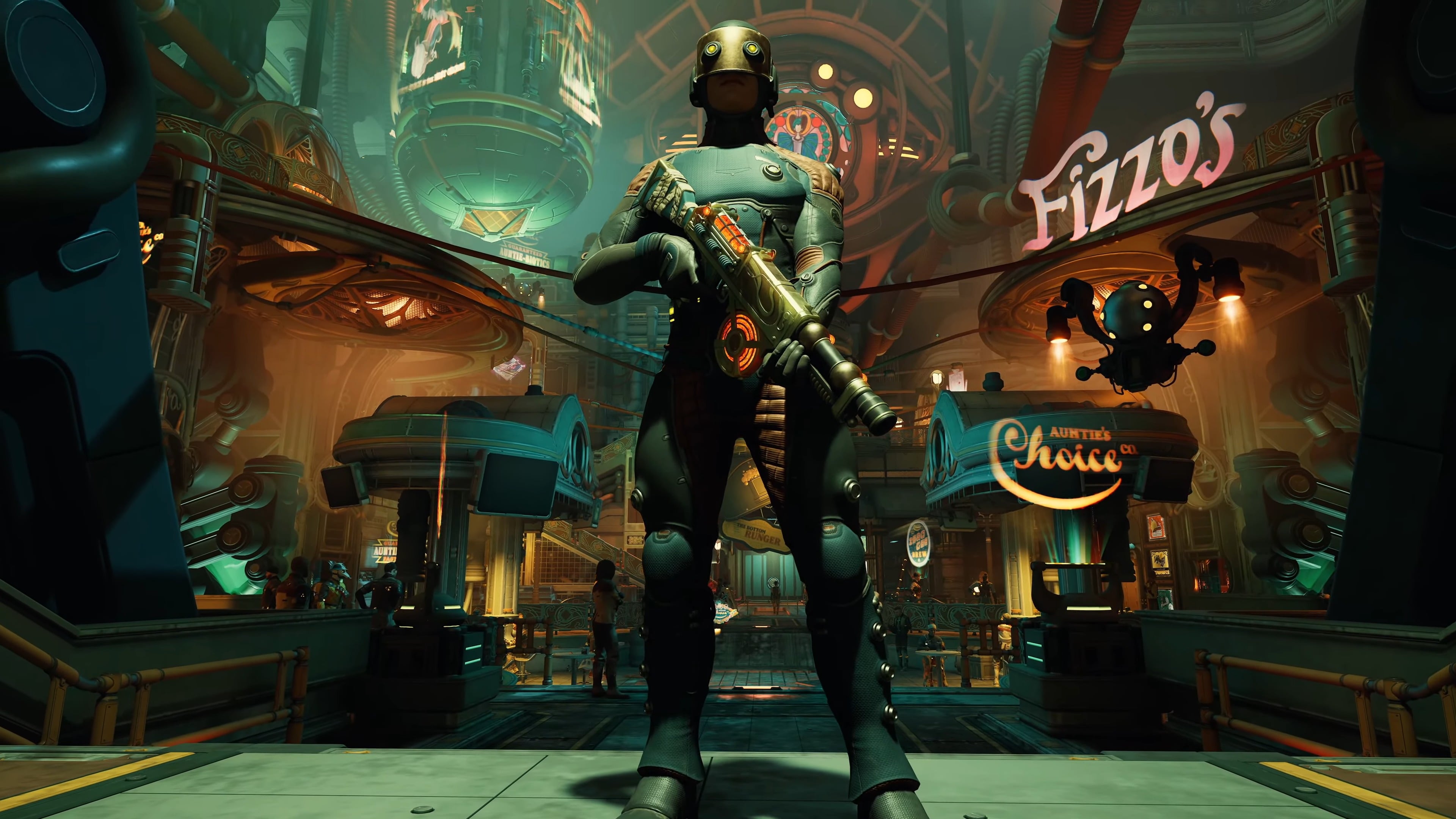
One of the best things about New Vegas was that it let you approach its story, quests, and world any way that you wanted to, with countless solutions and outcomes for everything in the game. Remarkably, you could even play through the entire experience by doing something ridiculously extreme like killing every single NPC you came across and its structure would support that — something unheard of today, when most RPGs have major characters tagged with immortality.
The Outer Worlds' various quests and encounters offered a similar level of freedom, with a variety of different solutions for each present in order to support every possible character build and playstyle. In The Outer Worlds 2, Obsidian is expanding on that support further by adding even more options and exploring more opportunities to make your character's skillset feel impactful.
For instance, it's been shown that an explosives expert can spray explosive gel on a locked door and detonate it to get through; in most games, lockpicking the door or hacking a computer to get through would be your only options outside of getting a key the "normal" way. I'm sure you'll also be able to lift a keycard off a guard in typical thief fashion, and I wouldn't be surprised if you can talk your way inside with a silver tongue, either.
"When you build your character your way, we're there for you," said a developer speaking during The Outer Worlds 2 Direct. "We really want you to have the experience you want out of this."
The story has factions woven deeply into it
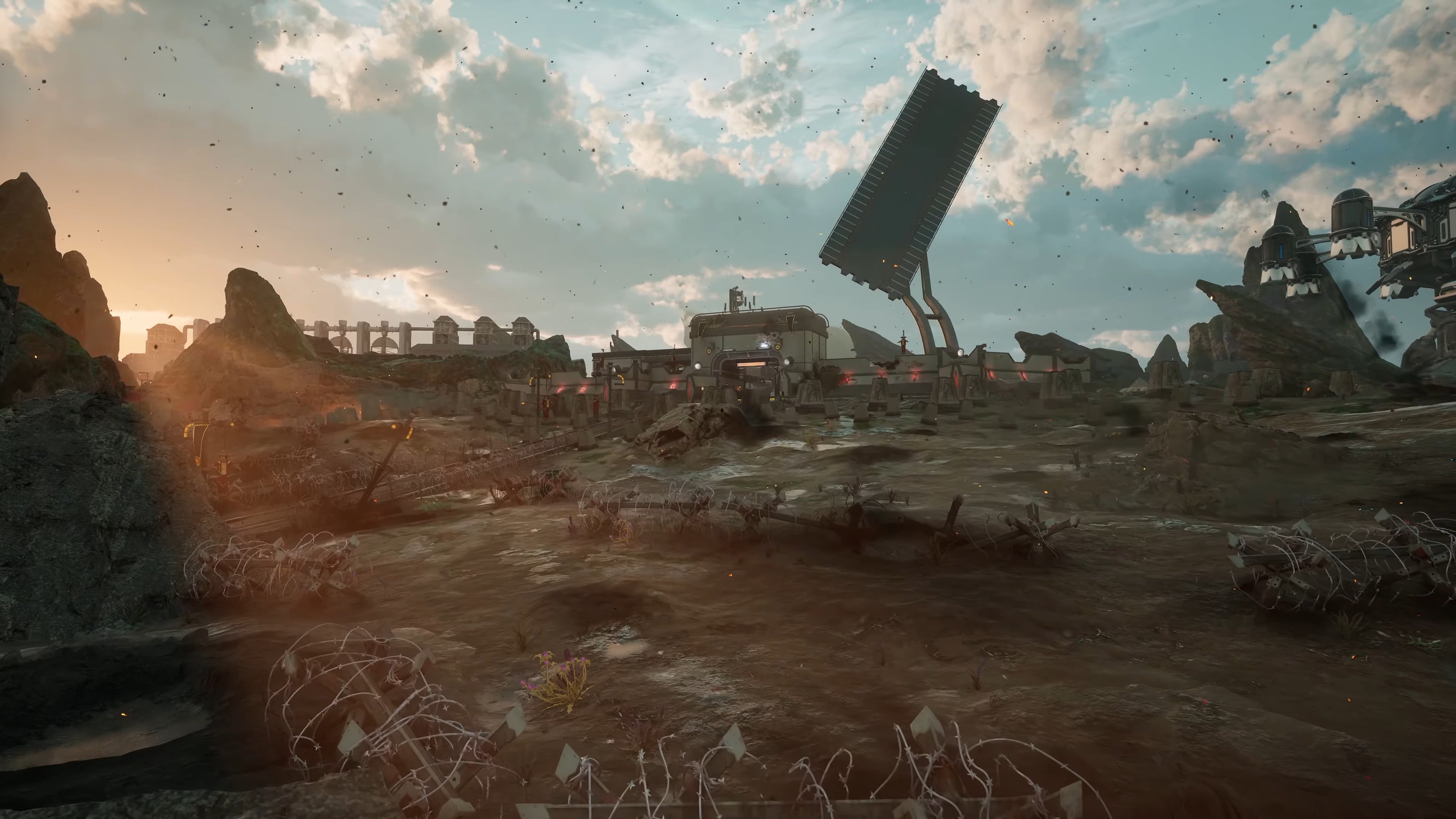
The factions of The Outer Worlds were mostly relegated to its side quests, and while I appreciated how immensely they added to the game's worldbuilding, I did find myself wishing they had stronger ties to the overarching narrative about the fate of the survivors aboard the lost colony ship Hope. With The Outer Worlds 2, though, Obsidian is focused on crafting a story in which the sequel's three main factions play far more central roles and are woven deeply into the writing.
At the heart of the narrative is a critical issue with skip drives (think Star Wars hyperdrives) causing dangerous rifts to tear open throughout the universe, leading the Earth Directorate government to send you — an agent — to Arcadia, the colony where they were invented.
There, you quickly find that the planet is embroiled in a three-way war between three groups: the authoritarian Protectorate faction responsible for skip drive creation that trades personal freedoms for heightened, militarized security; Auntie's Choice, a coalition of Auntie Cleo and Spacer's Choice from the first game that's invading the Protectorate to take control; and the Order of the Ascendant, an altruistic but zealous group with a scientific religion founded on the goal of finding a way to predict the future for the betterment of mankind.
Similar to the NCR, Caesar's Legion, and Mr. House in New Vegas, Obsidian says these factions will directly affect and influence the narrative in direct and dynamic ways as it unfolds. And overall, I expect this will lead to its writing feeling far more cohesive and far less disjointed than it was in the original The Outer Worlds.
Obsidian is making reactivity to your choices a priority
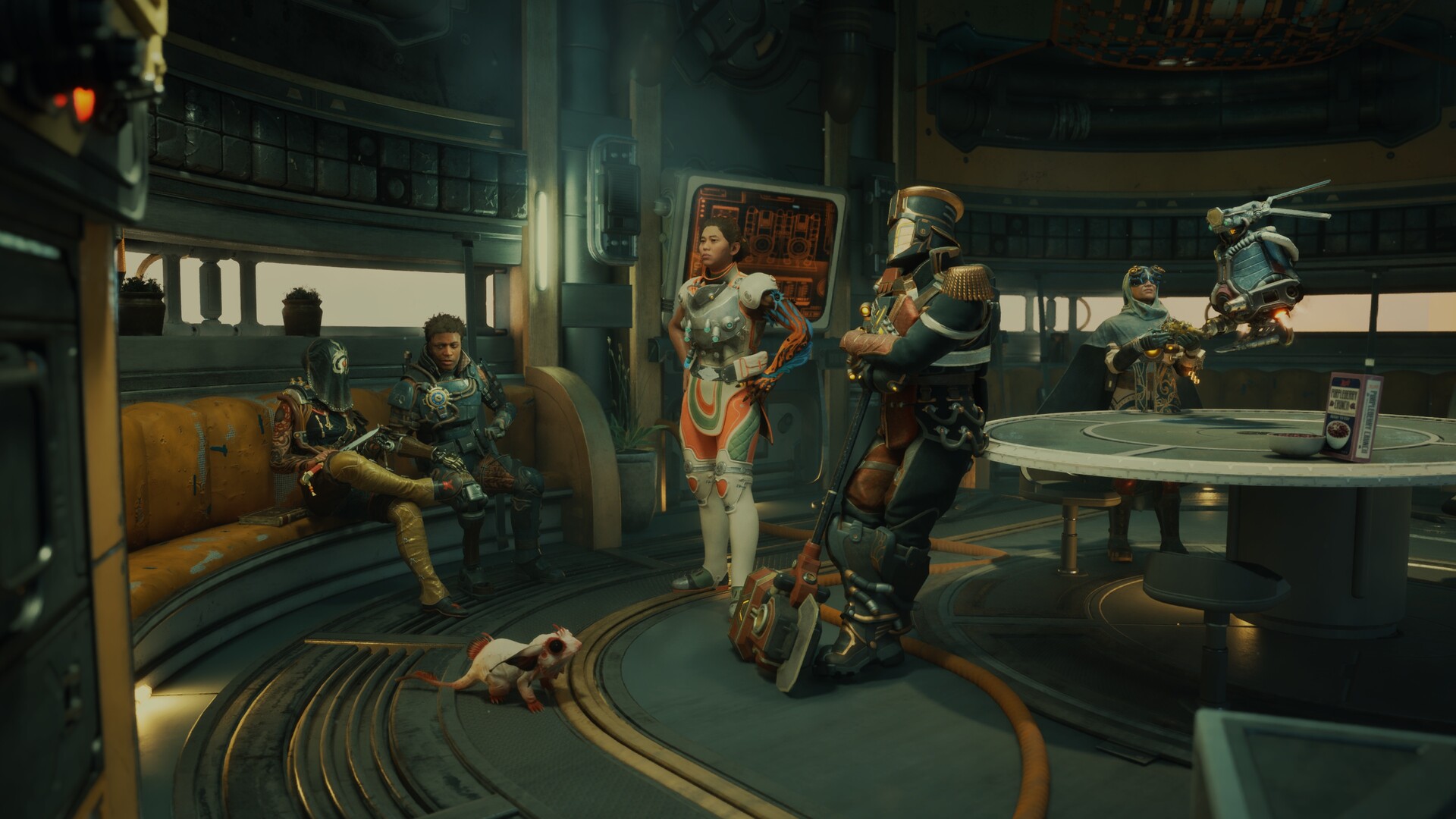
Deep integration of its factions was a major reason why the story of New Vegas was so strong, but it's not the only one. Another huge part of why both the writing and the game as a whole was so enjoyable to play through was its reactivity — the ways groups and NPCs reacted to actions and choices made throughout your playthrough.
Everything from minor decisions in side quests to pivotal encounters in the story often gave you Fame or Infamy with New Vegas' communities and companions; this dictated how much these parties liked or disliked you, and depending on your reputation with a group, you could unlock unique dialogue options, questing opportunities, special rewards, and more. In extreme cases, factions were even known to offer to reinforce you if called upon (when liked greatly) or send out hunting parties for you (if disliked to the point of open hostility).
It's unclear if The Outer Worlds 2 will work like that or not specifically, but Obsidian has emphasized that the world of Arcadia and its inhabitants will be very reactive to your choices. Notably, it's going to have a radio like the Fallout games, and when you tune into a faction's station, you'll be able to hear its reactions to things you do during your playthrough. Its companions, too, will respond to your actions based on their background and values, and can be influenced significantly over time.
It's adding tons of wild new weapons
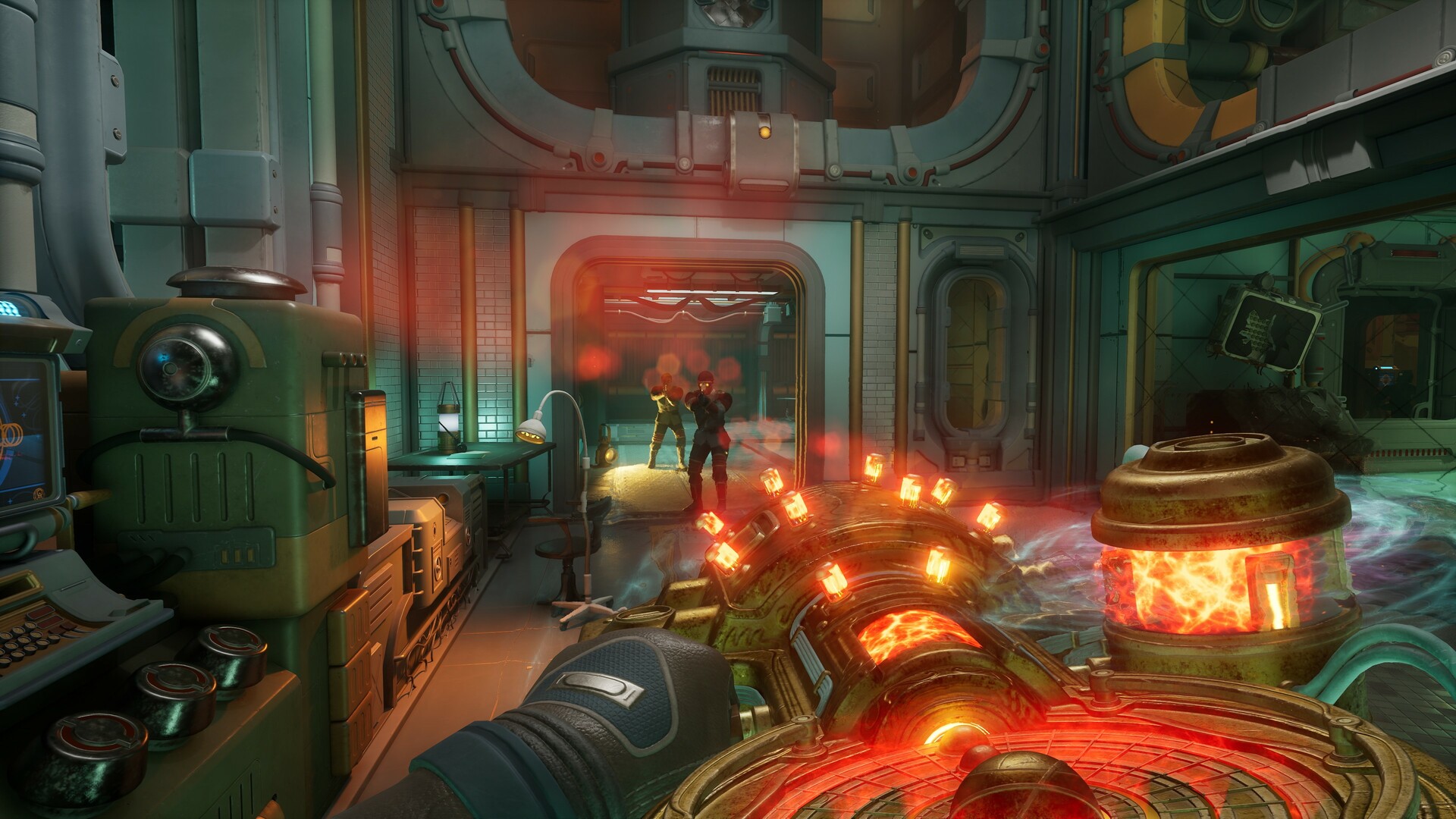
Many of the most memorable weapons in New Vegas (and all of the Fallout games, really) were the weird and wacky ones that felt right at home with the series' satirical and comedic nature. From a toy ray gun that can call down massive laser strikes from orbit and a BB gun with higher crit damage than a sniper rifle to sonic emitters that paralyze targets and a pair of golden boxing gloves that deal almost no damage but ragdoll foes to the ground in seconds, New Vegas is full of silly armaments like this — and The Outer Worlds 2 will be, too.
Recently, Obsidian showed off several of the strange and bizarre weapons you'll be able to get in the sequel, including a heavy weapon that fires exploding tumors you can also eat for health, a rifle that levels up with you as you use it throughout the entire game, a hilarious firearm that shoots corporate ad drones that distract enemies, and a unique sword that does more damage if it's swung to the beat of a song it plays.
These are just a handful of the wild pieces of gear you'll find on Arcadia, and I'm glad Obsidian is going all in with weapons like these. They presented golden opportunities for crafting unique and special builds in New Vegas, and together with the aforementioned traits, perks, and flaws you can take during character creation and progression, I have no doubt they'll do the same in The Outer Worlds 2.
The Outer Worlds 2 is scheduled to launch on October 29, 2025 on Xbox Series X|S, Windows PC (Battle.net, Steam, Xbox PC), PS5, and Xbox Cloud Gaming. It has serious potential to be one of the best Xbox games and best PC games of the year, and notably, as a first-party Xbox title, it'll also be playable day one on PC Game Pass and Xbox Game Pass Ultimate.

